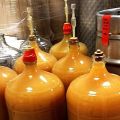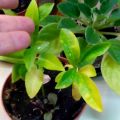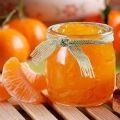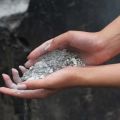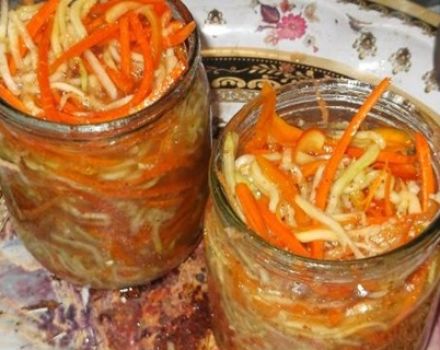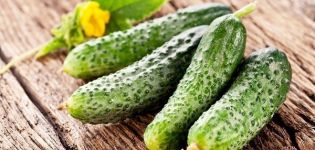How to grow and care for tangerines at home
Mandarin trees are a popular option for home growing, along with lemons and ornamental succulents. With proper care, plants develop actively and eventually begin to bear fruit. When growing tangerines at home, you should provide suitable conditions.
Content
- 1 Features of growing mandarin
- 2 Plant varieties
- 3 Reproduction of mandarin
- 4 How to grow a tangerine tree at home?
- 5 Tree care rules
- 6 How often should a tangerine tree be replanted?
- 7 How to make a mandarin blossom?
- 8 Mandarin pests
- 9 Will seed-grown tangerines bear fruit without grafting?
- 10 Where to get a scion for a tangerine?
- 11 Fighting Mandarin Disease
- 12 Frequent problems
Features of growing mandarin
Having decided to plant mandarin seeds, you should think in advance what result is needed. The tree can only serve as a decorative function or be used as a source of fruit... Since the tangerine grown from the bone develops for a long time, you need to choose the most suitable variety after finding out how much a particular variety grows.
In the process of growing, it will be necessary not only to create favorable conditions for the development of the plant, but also to provide regular care. It is also recommended to first consider the possibility of further propagation of the tree.
Plant varieties
There are many varieties of indoor tangerines. When choosing a suitable option, the following indicators should be considered:
- Plant height. Dwarf plants stop growing, reaching 40-50 cm, while other varieties can reach a height of 1.5-2 m.
- Specificity of care. Certain varieties require pollinators, more frequent watering and stem formation during the growing process.
- Purpose. Trees can be fruitful or decorative.
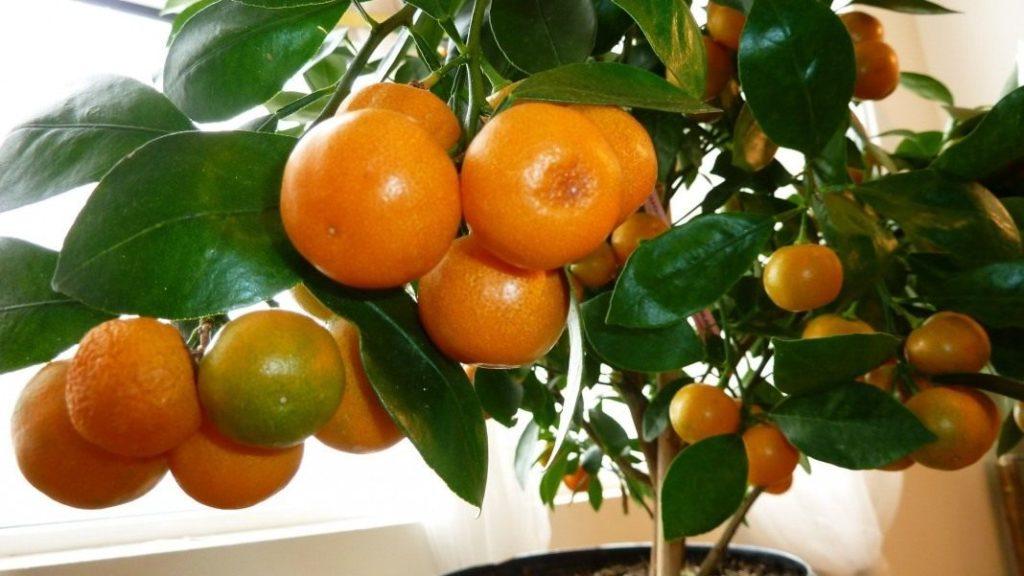
Reproduction of mandarin
Like other citrus fruits, the tangerine tree can be propagated. At home, the procedure is performed by cuttings or seeds.
Seed propagation
To germinate new seedlings from seeds, you should plant them in a separate container. Seedlings will begin to appear after 30-40 days. When the seedling has 4-5 leaves, you will need to cut the taproot. If left untrimmed, it will grow in length and curl. 2 weeks after root pruning, seedlings grown from the seed are transferred to a permanent container.
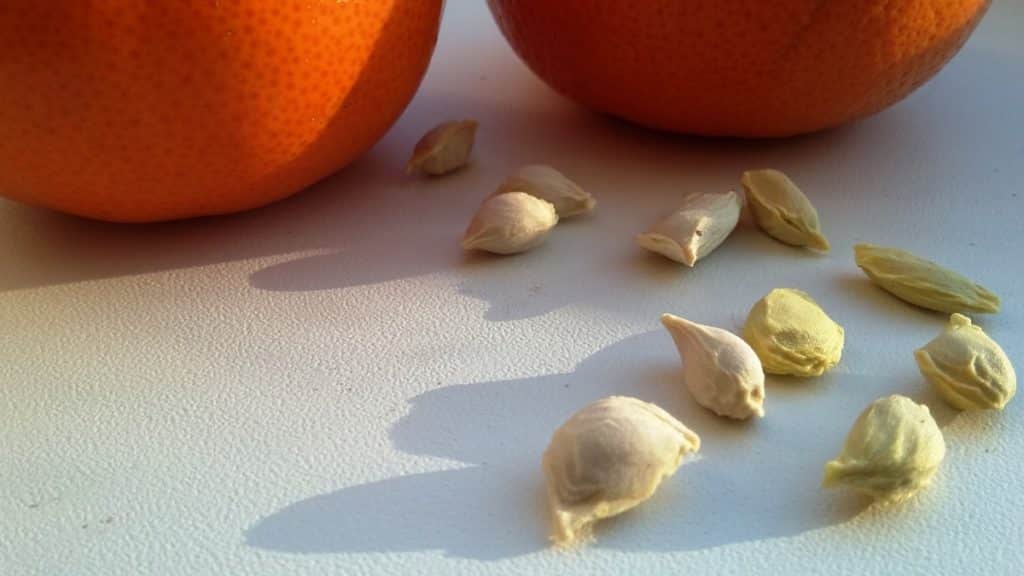
Reproduction by grafting
For propagation by cuttings, 2-4-year-old trees are suitable. On the trunks of plants 7-10 cm from the ground, a grafting site with a smooth surface and no buds is chosen. With a gentle movement of the knife, a cross section of the bark is made and a longitudinal incision from its middle, where you need to graft the cutting. A bud is cut from a branch of the scion and connected to the trunk.
The vaccination site is tightly wrapped with plastic wrap and additionally treated with garden varnish.
How to grow a tangerine tree at home?
When planning to grow tangerines, it is necessary to carry out a number of preparatory work. Direct sowing of seeds should also be carried out taking into account a number of nuances. In order for trees to actively develop and bear fruit, you will need to choose a suitable container for them, use fertile soil and follow the planting rules.

The choice of dishes or container for planting
Various containers are suitable for planting tangerines, regardless of the material of manufacture. The pot can be in the form of a wooden, glass, ceramic or plastic container. An important requirement is the size of the upper part of the diameter not exceeding 15 cm and a similar indicator of height. There should be several small openings at the bottom of the pot or container, thanks to which the water will not stagnate in the container and the roots will not start to rot.
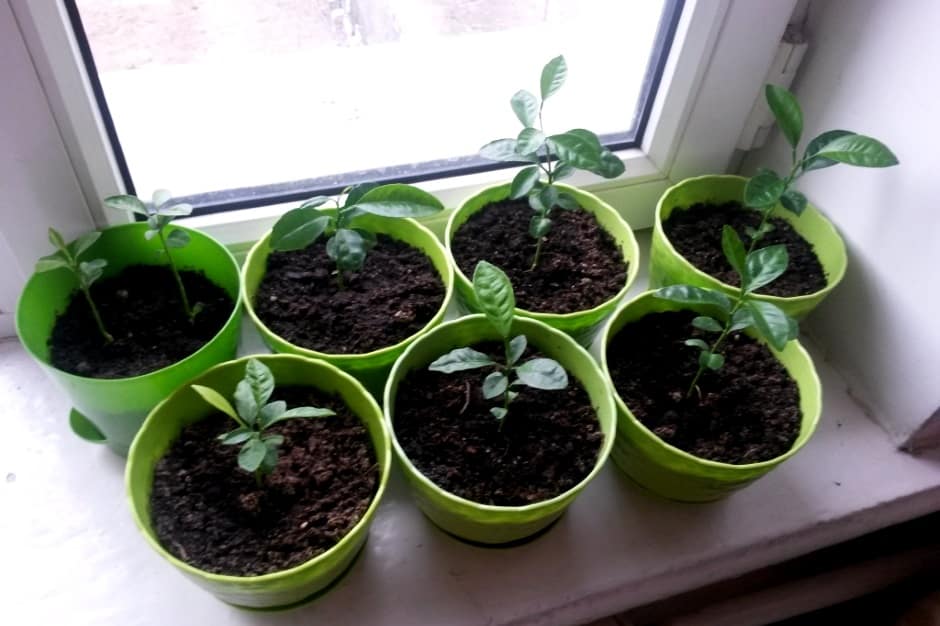
Cooking the ground
When preparing the substrate for trees, it is recommended to use peat-free soil. Mandarin develops the root system better and bears fruit, being in soil with neutral acidity. The optimum acidity index is 6.5-7 pH.
Suitable soil can be purchased at a specialized store or made by yourself by mixing rotted humus, forest soil and sifted sand in a 2: 2: 1 ratio.
Planting mandarin seeds
A drainage layer of no more than 5 cm and moistened soil are poured into the container for the future tree. It is recommended to plant seeds immediately after extraction from the fruit, without leaving to dry. If it was not possible to immediately sow, then the seeds should be soaked to speed up the germination process, since being in the water, the seeds will take root faster.
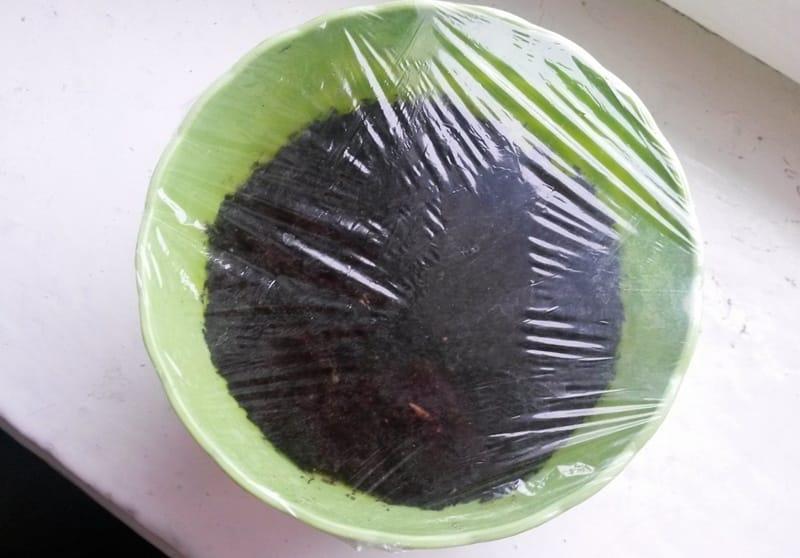
The timing of when the sprouts begin to look out directly depends on the selected variety and the surrounding conditions. Typically, seedlings begin to grow a month after sowing. It is not recommended to cover containers with seedlings with plastic wrap, since plants grown in greenhouse conditions will need to be additionally adapted to room temperature.
Tree care rules
Mandarin trees require regular maintenance. So that plants do not lose their decorative properties and the ability to bear fruit, you need to take care of them, taking into account a number of features.
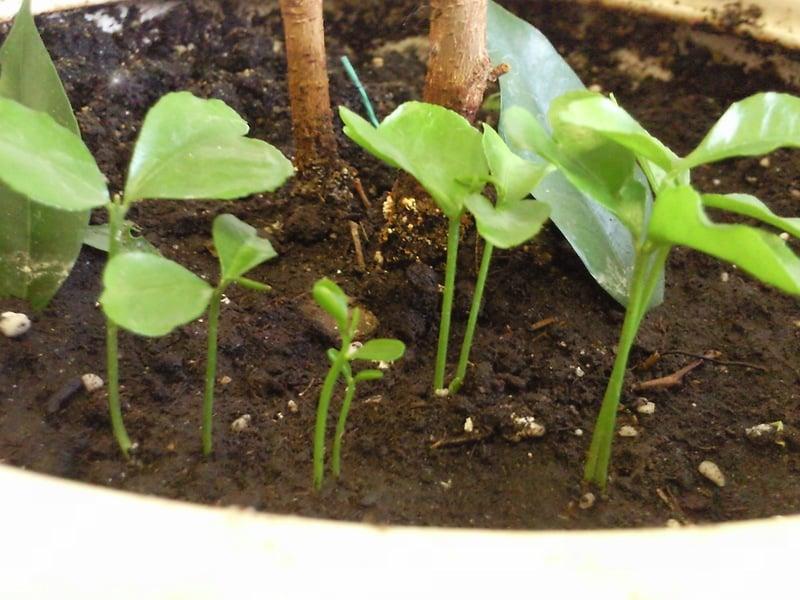
Temperature control and lighting
The optimum ambient temperature for tangerines is around 20 degrees. At the same time, higher temperatures do not harm the seedlings due to their ability to endure up to 40 degrees of heat. If the pots with plants are on the windowsill, you should take care of the windows' insulation.
Top dressing and watering
The citrus tree is moisture-loving, so you need to water it regularly. In the summer, it is allowed to moisten the soil several times a day in small portions. In winter, the frequency of watering is 3 times a week, as the soil dries up. For intensive fruiting, tangerines need to be fed. It is recommended to apply mineral and organic fertilizers once a month.
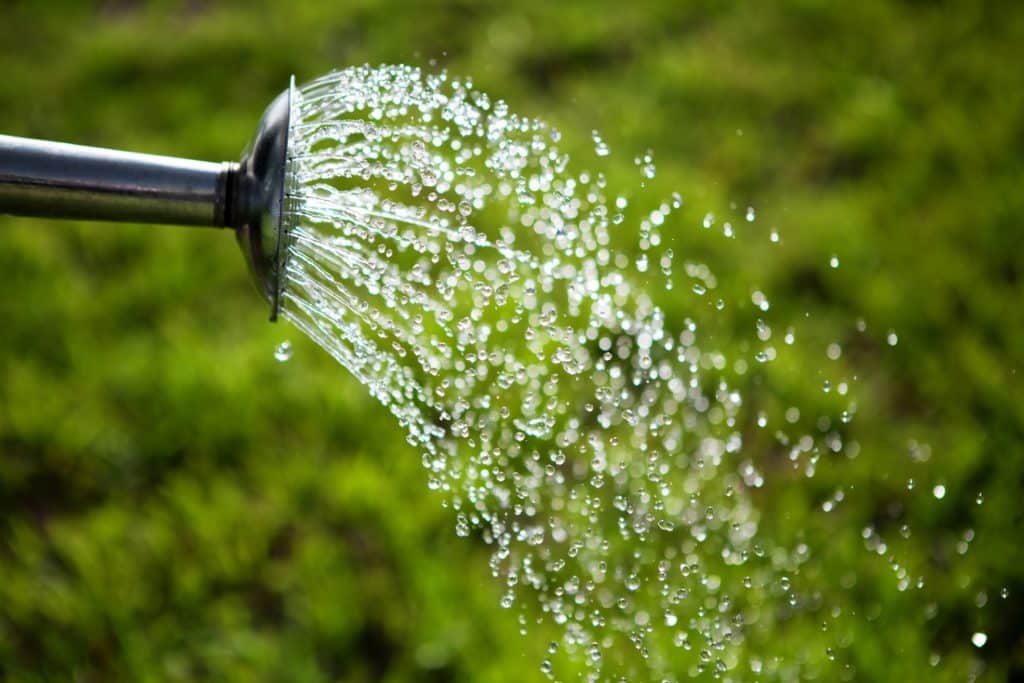
Mandarin formation
In order to give a decorative appearance, trees need to be shaped periodically. Before pruning the crown and pinching the shoots, you should choose a suitable shape. You can make the tangerine rounded or more spreading. The trunks are trimmed or pinched at a height of 20 cm above the soil level.The growing side shoots must be removed.
How often should a tangerine tree be replanted?
If the seeds are not planted in separate containers, then after the formation of 4 leaves, transplanting into pots is required. Among the grown seedlings, the most powerful and undeformed ones are selected. With further cultivation, young trees are transplanted every year, and fruit trees - 2-3 times a year, increasing the diameter of the pot by 4-6 cm.
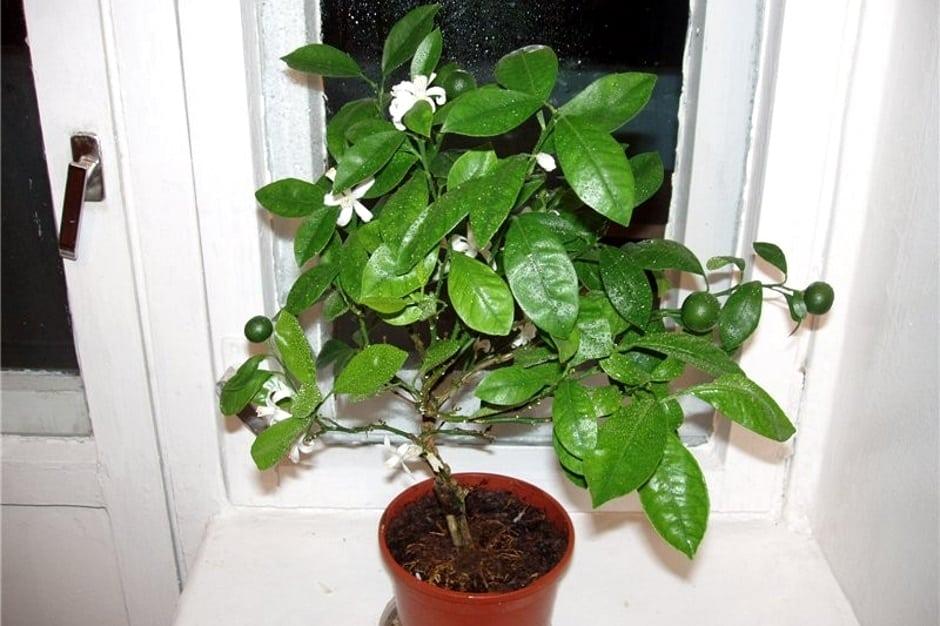
How to make a mandarin blossom?
Artificial pollination helps to stimulate the flowering of tangerines. For the tree to bear fruit, you can grow pollinating varieties in the neighborhood, or sprinkle the plants with pollen yourself. It is enough to pollinate the seedlings only 1-2 weeks before the expected flowering.
First fruiting of tangerines
The timing of the first fruiting depends on the specific variety. In terms of taste, aroma and size, the fruits may differ from the parent variety. After the tree has flowered and the tangerines have formed, it is necessary to continue to provide favorable conditions so that fruits with high characteristics will ripen in the future.
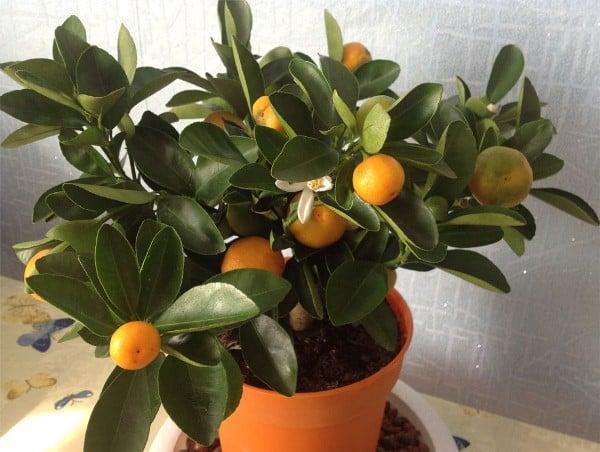
Mandarin pests
Unfavorable environmental conditions, violation of the rules of care or spoiled seeds cause pest damage. Insects can gnaw fruits, roots and green parts of plantings.
Spider mite
Small insects up to 0.6 mm in size are practically invisible. It is possible to detect pests by the formation of light spots on the back of the leaves and a thin web. Noticing signs of tick exposure, it is necessary to treat the leaves with warm soapy water, and then carry out several treatments with insecticides at intervals of 7-10 days.
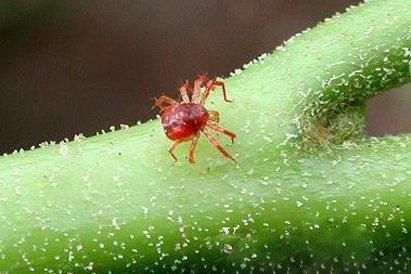
Shield
The pest forms a sticky coating on the surface of the leaves, which leads to the depletion and drying of plants. To eliminate the scabbard, spraying with a soapy solution mixed with kerosene is carried out 2 times a week. The fruits on the trees after such processing are unsuitable for food, so they can be removed or left for a decorative function.
Mealybug
The presence of a mealybug can be detected by the white fluffy bloom that remains in different parts of the tree. You can manually remove the worm from tangerines or scare them away with insecticides. For the fight against insects, the preparations "Decis", "Intavir" and "Karbofos" are suitable.
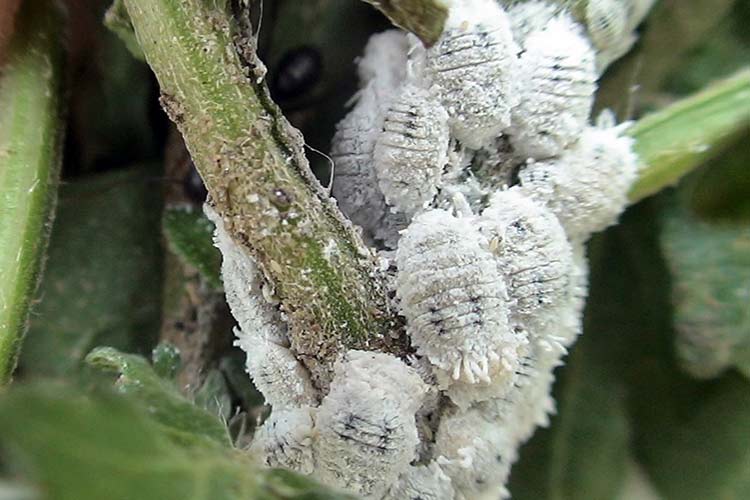
Aphid
Insects are green and 1-3 mm long and actively reproduce and massively attack plants. Aphids absorb juices from young shoots and leaves, destroying their structure and provoking exhaustion. As measures to destroy the pest, spraying with a solution of laundry soap, infusion of garlic or infusion of tobacco is used.
Will seed-grown tangerines bear fruit without grafting?
Tangerines grown without grafting can bear fruit if they are cared for properly. The only difference is the longer time it takes to develop the tree.
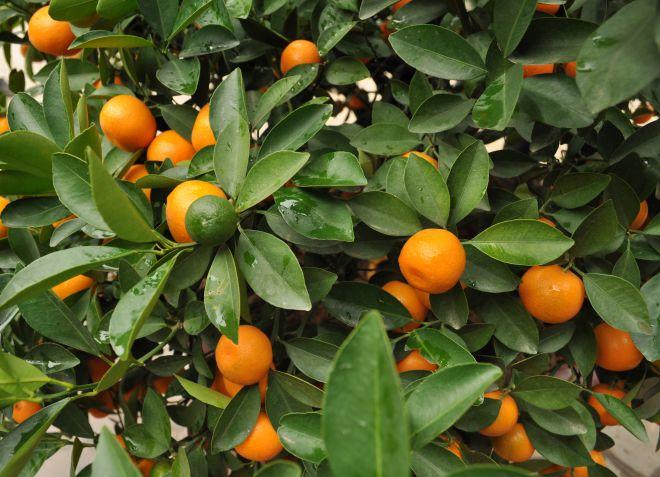
Where to get a scion for a tangerine?
For scion, it is recommended to use a stalk or bud from another citrus plant 1-2 years old. Healthy trees with strong trunks are suitable as rootstock. If the grafting is to be carried out on an adult planting, then the thickness of its branches and trunk should be more than 5 mm.
Fighting Mandarin Disease
A number of diseases are characteristic of tangerines, due to which the plants die or cease to bear fruit. The most common diseases are:
- anthracnose, which develops in case of severe waterlogging of the soil;
- wartiness, which manifests itself in the form of increasing spots that affect leaves and branches;
- gommosis affecting the bark and root system;
- tristeza, which affects trees over 5 years old and stops their development.
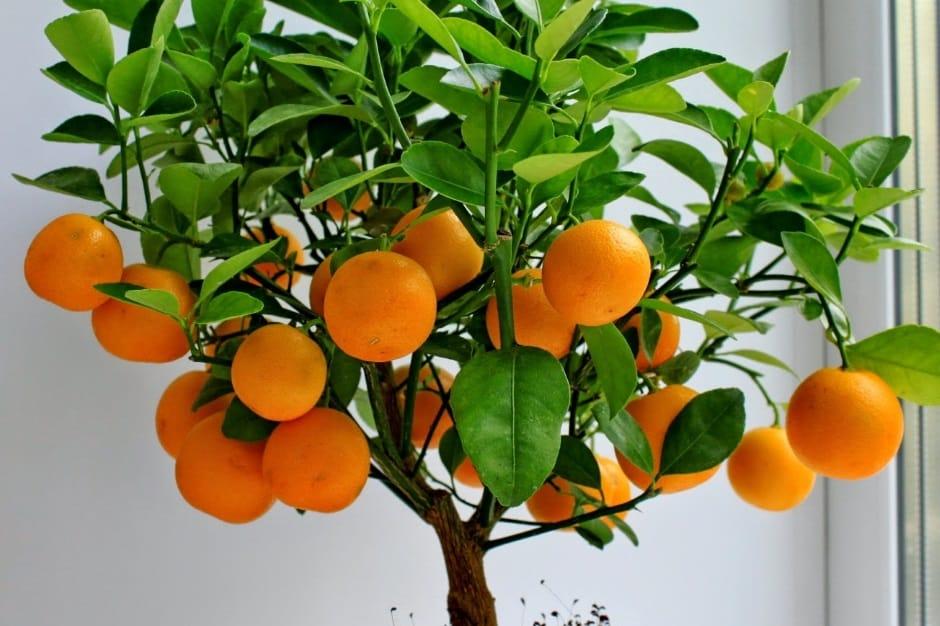
The main measure to combat plant diseases is the treatment with fungicidal preparations. Severely affected parts of trees must be removed, since some infections can actively spread.
Frequent problems
A common problem with tangerine cultivation is yellowing and leaf fall. In adult plants, this process is natural, but in other cases, the problem arises from a lack of lighting, too dry air, or due to improper transplantation. Having found one of the listed reasons, it is enough to eliminate it to restore foliage growth.
The pale yellow color of the foliage indicates a lack of iron. In this case, treatment with iron chelate helps. If yellowing occurs from the bottom of the crown and constantly spreads upward, additional fertilizing with the use of nitrogenous fertilizers will be required.


